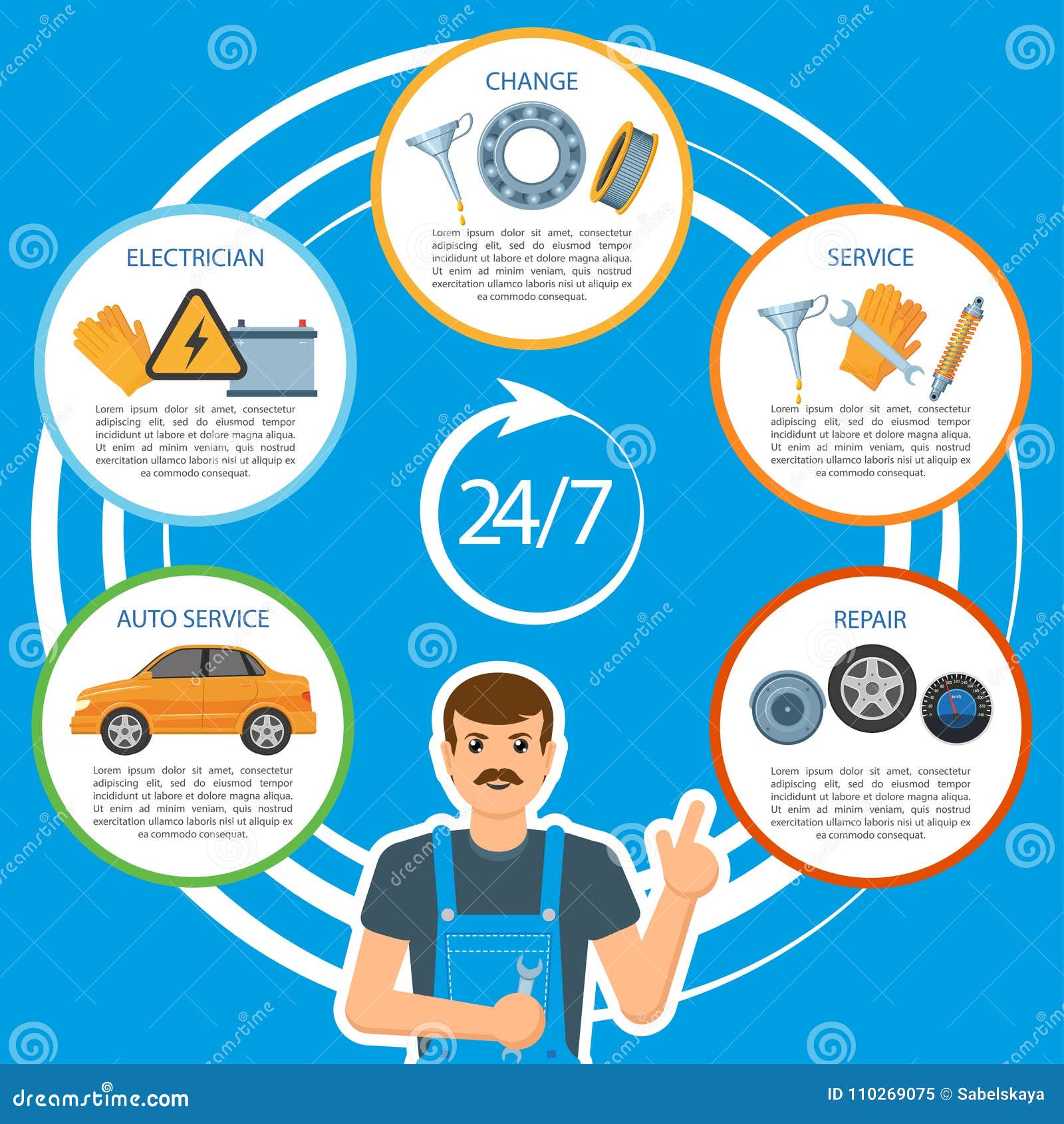Analyzing Your Vehicle'S Caution Indicators: What They Actually Share
Analyzing Your Vehicle'S Caution Indicators: What They Actually Share
Blog Article
Material By-Hartley Alvarado
When you lag the wheel, those beautiful warning lights on your control panel can be a little bit perplexing. Do you recognize what they're trying to inform you concerning your vehicle's health? Understanding the significance of these lights is vital for your safety and the longevity of your vehicle. So, the next time one of those lights appears, wouldn't you want to decode its message accurately and take the required actions to resolve it?
Common Caution Lights and Interpretations
Determine typical warning lights in your cars and truck and comprehend their definitions to make sure safe driving.
One of the most common warning lights consist of the check engine light, which indicates issues with the engine or emissions system. If this light begins, it's essential to have your automobile examined promptly.
The oil stress advising light indicates reduced oil pressure, needing immediate attention to avoid engine damages.
A blinking battery light might recommend a damaged charging system, possibly leaving you stranded otherwise attended to.
The tire pressure monitoring system (TPMS) light signals you to reduced tire stress, influencing lorry security and fuel efficiency. Neglecting this can lead to risky driving problems.
simply click the following article suggests a trouble with the anti-lock braking system, endangering your ability to stop rapidly in emergencies.
Lastly, the coolant temperature level alerting light warns of engine overheating, which can cause serious damages otherwise resolved promptly.
Recognizing these usual caution lights will certainly aid you deal with concerns without delay and maintain secure driving problems.
Importance of Prompt Focus
Comprehending the common warning lights in your car is just the first step; the importance of without delay attending to these cautions can't be stressed sufficient to ensure your safety and security when driving.
When a caution light brightens on your dashboard, it's your cars and truck's means of interacting a potential issue that requires focus. Ignoring these cautions can bring about extra serious problems later on, endangering your safety and security and potentially costing you more out of commission.
Motivate interest to advising lights can protect against failures and accidents. For example, a blinking check engine light might indicate a misfire that, if left neglected, might cause damages to the catalytic converter. Resolving this quickly can save you from a costly repair.
In a similar way, a brake system warning light may signify low brake fluid or used brake pads, critical components for your safety and security when driving.
DIY Troubleshooting Tips
If you see a warning light on your dashboard, there are a couple of do it yourself repairing ideas you can attempt prior to seeking professional help.
The very first step is to consult your car's manual to understand what the specific caution light suggests. In some cases the issue can be as straightforward as a loose gas cap causing the check engine light. Tightening the gas cap may resolve the trouble.
Another common problem is a low battery, which can trigger numerous warning lights. Inspecting the battery connections for corrosion and ensuring they're secure may take care of the problem.
If a caution light persists, you can try resetting it by separating the automobile's battery for a few mins and after that reconnecting it. Furthermore, inspecting your automobile's liquid degrees, such as oil, coolant, and brake liquid, can assist troubleshoot warning lights related to these systems.
Conclusion
To conclude, understanding your vehicle's caution lights is vital for maintaining your car running efficiently and securely. By promptly addressing these notifies and knowing what they imply, you can prevent pricey repairs and prospective failures.
Keep in mind to consult your auto's manual for particular details on each warning light and take action as necessary to ensure a hassle-free driving experience.
Keep notified, stay risk-free when driving!
